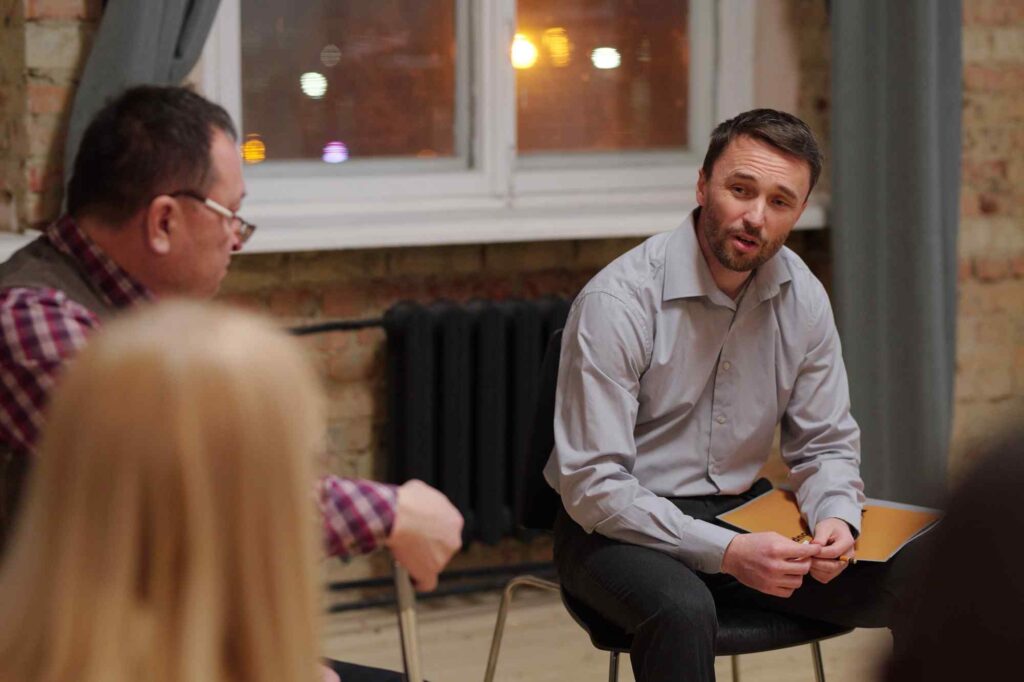Anxiety is a natural and occasionally beneficial emotion, but when it becomes excessive, it can be overwhelming and disruptive to daily life. In recent years, mental health professionals have developed various strategies to help individuals manage their anxiety more effectively. The “4 C’s of Anxiety” is one such approach, offering a structured framework for identifying, challenging, and controlling anxious thoughts and behaviors.
This article will explore the four steps of anxiety that provide a practical and accessible method for individuals to understand and manage their anxiety, empowering them to take an active role in their mental well-being.

Catch
Catching anxious thoughts is the first step in managing anxiety. You need to identify these thoughts to increase your awareness of negative thinking patterns that contribute to your anxiety.
Recognize the triggers that fuel your anxiety, as this allows you to understand the context and origins of your anxious feelings. Be aware of how anxious thoughts affect your overall well-being, so you can take proactive steps toward managing your emotions.
Acknowledge the irrational nature of many anxious thoughts, which is crucial in the process of challenging and reframing them. Once you catch your anxious thoughts, you can begin to replace them with positive thoughts.
Unfortunately, many people who struggle with anxiety often turn to substances for ease of stress. This could then lead to addiction and would require professional dual diagnosis treatment for anxiety and substance abuse, in order to achieve both peace of mind and sobriety.
Check
Take a step back and critically evaluate the evidence supporting or contradicting these thoughts. Are they based on facts or assumptions?
Look for alternative perspectives that challenge your initial beliefs. By questioning the accuracy of your anxious thoughts, you can gain clarity and reduce their emotional impact.
Consider the bigger picture and focus on the task at hand, rather than getting caught up in worst-case scenarios. Engage in this reflective practice to develop healthier thought patterns and improve your emotional resilience.
Change
After identifying and evaluating anxious thoughts, the Change phase involves actively modifying thoughts and responses to anxiety-inducing situations. This step emphasizes replacing irrational or exaggerated thoughts with more balanced and realistic perspectives.
By engaging in cognitive restructuring, individuals learn to challenge and modify negative thought patterns that contribute to their anxiety. The aim is to develop alternative, more constructive ways of interpreting situations, which can result in decreased anxiety levels and improved emotional regulation.
For instance, instead of catastrophizing about a presentation, one might reframe the thought to acknowledge preparation and past successes. This process of changing thought patterns is not immediate but requires practice and persistence.
Control
Harnessing control empowers you to manage emotional responses effectively in the face of anxiety. By identifying specific triggers and recognizing their impact on your thoughts and behaviors, you can develop greater emotional regulation.
With a strong sense of control, you’re more likely to utilize coping strategies like relaxation techniques and mindfulness practices to mitigate anxiety symptoms. Maintaining emotional control is essential for performance, as uncontrolled anxiety can detract from focus on the task at hand and lead to diminished outcomes in high-pressure situations.
Cultivate a mindset that emphasizes personal agency, encouraging you to take actionable steps toward managing anxiety rather than succumbing to it. Control your emotions, and you’ll control your performance.

Applying the 4 C’s of Anxiety in Day-to-Day Life
Set aside time each day to reflect on your thoughts and feelings, actively catching moments of anxiety as they arise. Throughout your day, pause to check the validity of anxious thoughts, perhaps jotting them down in a journal or using a mobile app designed for cognitive behavioral therapy. When facing anxiety-inducing situations, consciously work on changing your perspective, replacing negative thoughts with more balanced ones.
For instance, if you’re anxious about a work presentation, change “I’m going to fail” to “I’ve prepared well and will do my best.”
Concentrate on controlling what you can by implementing coping strategies like deep breathing or progressive muscle relaxation during stressful moments.
Over time, integrating these steps into your daily routine can become second nature, allowing you to manage anxiety more effectively in various situations, from work challenges to social interactions.
Benefits of Using the 4 C’s Approach
When you’re committed to achieving your objectives using the 4 C’s model, you’ll develop the mental resilience necessary to overcome performance anxiety and unlock your full potential.
By focusing on what you can control and committing to specific, achievable goals, you’ll foster a sense of purpose that counteracts feelings of helplessness and discouragement.
As you build confidence in your abilities through this structured framework, you’ll make better decisions and take calculated risks in high-pressure situations.
Regularly applying the 4 C’s strategies will deepen your awareness of anxious thoughts, leading to improved emotional regulation and more efficient coping mechanisms.
Final thoughts from Radix Recovery
Identifying anxious thoughts, challenging their validity, adjusting your thinking patterns, and taking proactive steps to manage your anxiety can significantly improve your mental well-being. However, for those struggling with co-occurring anxiety and addiction, a more comprehensive approach is often necessary.
Radix Recovery offers specialized dual diagnosis treatment in Cedar Rapids, Iowa that addresses both conditions simultaneously. Our integrated approach combines evidence-based therapies, personalized care, and a supportive environment to help you break free from the cycle of anxiety and substance use.
































































































